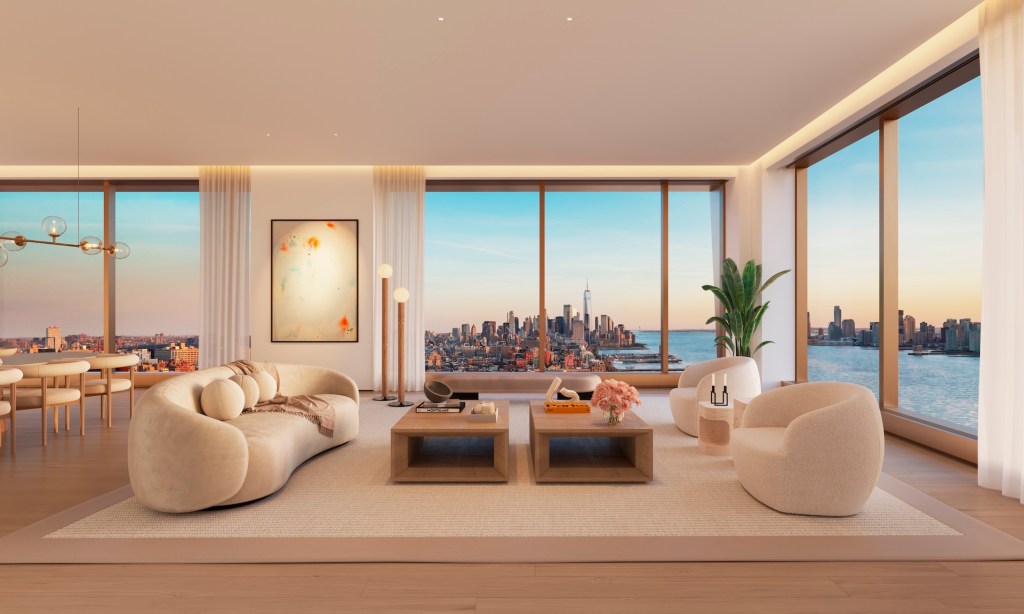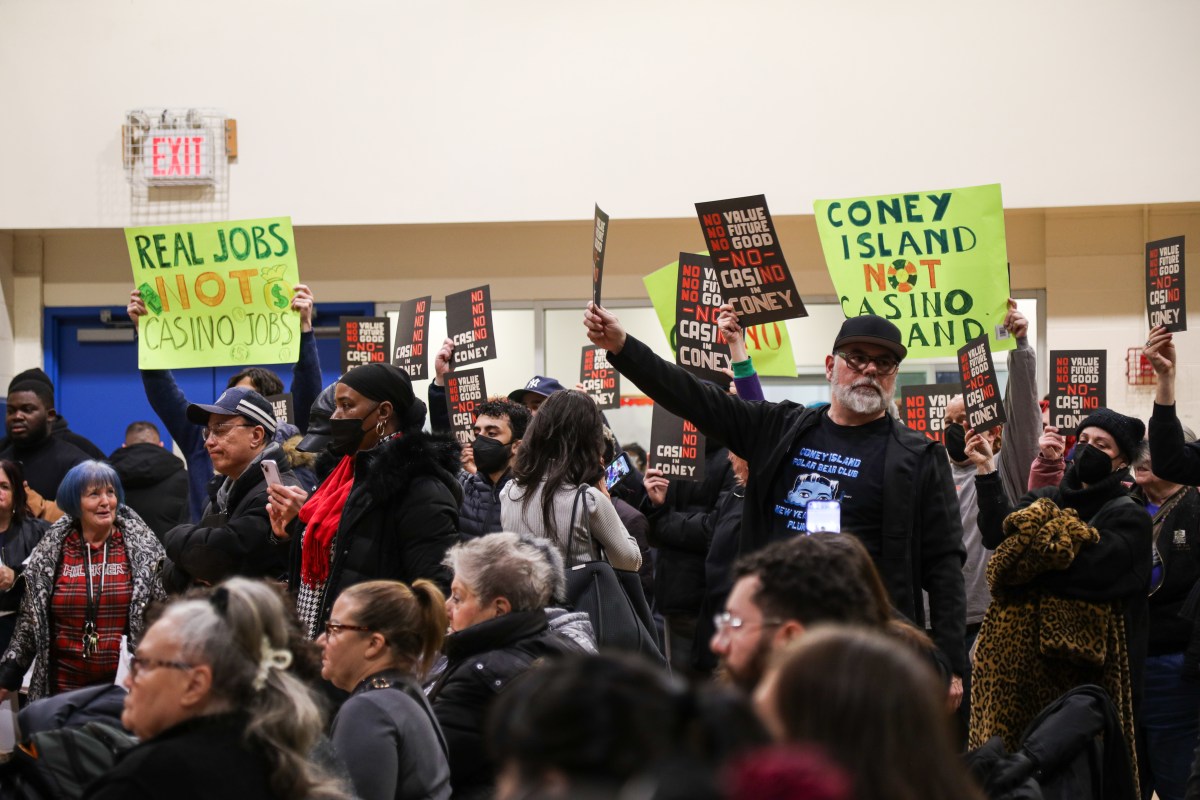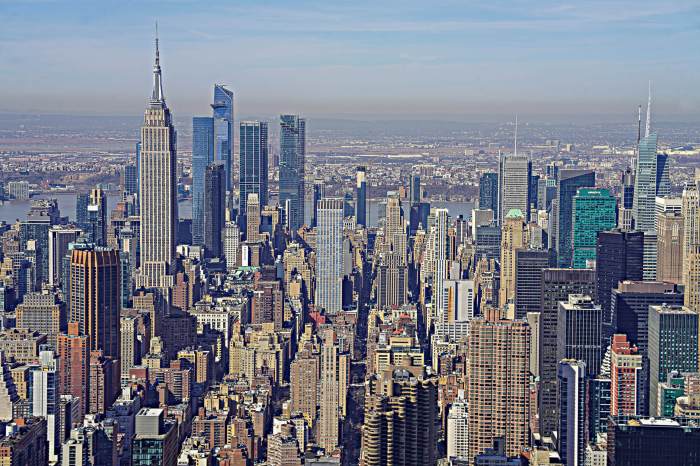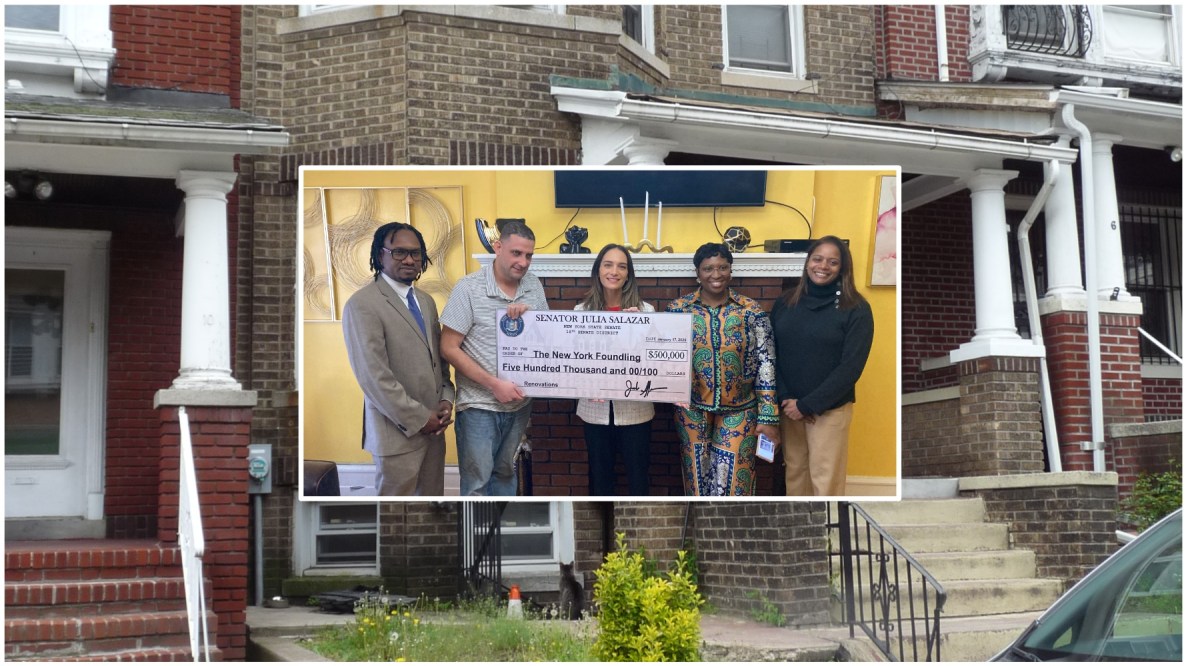
Dozens of people capped off a December day by gathering in the Old American Can Factory in Gowanus and dissecting the area’s demographics.
Mark Shames mourned the prospect of his Park Slope development losing a lawsuit seeking to secure its rent-regulated status. Karen Blondel asked where, as a black woman, she would feel comfortable relocating after years in Red Hook Houses’ scenic setting and social circle. Carolyn Ferguson pointed out that her walk home to the Gowanus Houses lacks the benches, landscaping and lights found on other blocks bordering the canal.
City Councilman Brad Lander wound through the room, stopping to engage with small discussion groups talking about residential segregation and its impact on their lives as part of Where We Live NYC, the city’s continuing analysis of fair housing practices. Lander flagged what he described as a "tension" between enjoying Gowanus’ relatively small scale and the need to provide more affordable homes through new residential buildings, which the city is considering allowing by altering the area’s zoning.
"But what’s wrong with caring for the buildings we already have?" said Ferguson, who noted later that the Gowanus Neighborhood Coalition for Justice believes that, if the area is rezoned to allow for larger apartment buildings, the city should direct a portion of property tax revenue generated from the move toward repair work in nearby public housing developments.

One resident had sporadic access to water ahead of the meeting, prompting some attendees to show up with signs about the problem.
"We want to create public value recovery, also known as value capture, meaning that the mechanisms from private development profiting — from land use, density bonus, subsidies and tax breaks — in areas such as Gowanus, where rezoning is underway . . . contribute to the health and equity of neighborhood public housing," Ferguson said.
Beyond North Brooklyn, the feedback on public investment practices will inform the city’s effort to study segregation and finesse its fair housing practices. In March, the city announced it would spend more than a year assessing — and proposing ways to overcome — unequal access to quality housing, careers and other opportunities, despite the White House deciding such an intensive examination would no longer be due in 2019.
About 30 city agencies are involved with the review, called Where We Live NYC, which has been focusing on ways to combat discrimination, as well as to transform more neighborhoods into higher-opportunity communities. At the outset, the city invited about 300 organizations and individuals to join a stakeholder group, seeking to tap into a spectrum of people with expertise in housing, education and economic development, from the Real Estate Board of New York to Picture the Homeless.
Aside from those discussions, the city tapped about a dozen organizations to host private community conversations, where frank feedback could be gleaned and passed on to the government. About 60 such sessions were designed to help the city fill in gaps in its data, such as its fairly limited understanding of LGBTQ issues and disabled New Yorkers’ housing challenges, according to Leila Bozorg, the city Department of Housing Preservation and Development’s deputy commissioner for neighborhood strategies.
Around Martin Luther King Jr. Day this month, the city plans to release a digital tool, which was piloted by Lander and HPD in Gowanus in December. The downloadable material has been designed to walk New Yorkers through conversations on fair housing and prompt them to share their findings with city officials.
"It’s just one more way for us to try to reach voices that we might not otherwise, as a government, be able to hear," said Bozorg.
So far, the city noted on its Where We Live NYC website that many have identified gentrification and displacement as critical to understanding segregation. Finding affordable homes was a concern shared by several groups, including those with physical accessibility needs, administrative language barriers, informal incomes, a lack of documentation and others facing discrimination, the website said.
New York is one of the most segregated cities in the United States, according to a report released in April by Lander and several of his colleagues. The report noted that most cities grew more integrated, with the average black-white dissimilarity index — which measures what portion of white or black people would need to move in order for both demographics to be equally distributed across an area — falling from 73.1 in 1980 to 59.4 in 2010. In New York City, however, that figure remained stagnant at 81.6 percent, and schools continue to be among the most segregated in the country, the report said.
Mayor Bill de Blasio has embarked on a plan to build or preserve 300,000 below-market-rate apartments, but about three-quarters of those financed have been located in neighborhoods where a majority of the residents are black or Hispanic, according to a Politico New York analysis. Some say that strategy perpetuates segregation by limiting subsidized developments in affluent, white neighborhoods and stressing neighborhoods like East New York or East Harlem, which have been rezoned to allow for residences with below-market-rate units that may remain out of reach for many lower-income locals.
"We do have segregated neighborhoods, but a lot of the shift has to be off what HUD (the U.S. Department of Housing and Urban Development) has labeled RECAP — racially and ethnically concentrated areas of poverty. Why do you keep focusing on our neighborhoods?," said Gregory Jost, director of organizing at Banana Kelly Community Improvement Association, which grew out of residents’ efforts in 1978 to save buildings slated for demolition in the South Bronx. "Even if you create a more integrated neighborhood, if you’re doing it by pushing people around, that’s not affirmatively furthering fair housing."
Shifting a share of these projects to wealthier enclaves can be challenging because of higher land costs and community opposition, according to notes summarizing the stakeholders’ discussions.
Stakeholder members said many also share concerns about how frequently landlords will not accept vouchers, despite city law forbidding most apartment buildings to discriminate against prospective tenants based on the source of their income.
Five city employees engage in part-time testing work, in which two people pose as prospective tenants or buyers who have identical information except for one trait, such as their race, and note whether the difference affects their reception, according to the city’s Commission on Human Rights. The commission anticipates filling a sixth testing spot soon.
Last fiscal year, the commission conducted about 480 fair housing tests and its law enforcement bureau launched a source of income unit, the commission said.
After floating potential policy solutions to some of these concerns, the city will hold public workshops on the matter and release a plan for improving fair housing policies in fall 2019.
In the meantime, the exercise of mulling the matter has proved positive, according to some involved.
In Gowanus, Lander noted that one group got up and switched seats midway through the evening after noticing that they had initially self-segregated.
"I see a little bit of hope and optimism," Lander said, highlighting that he believed it was the first time fair housing discussions figured into a rezoning plan.
Correction: A prior version of this story did not include the correct number of fair housing tests conducted last year.



































